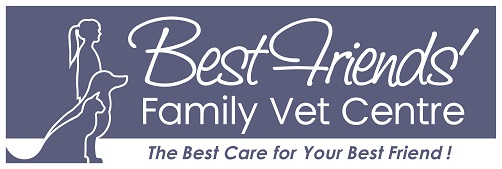Library
-
Back problems in dogs are not uncommon and can be due to a variety of causes ranging from intervertebral disc problems such as occur with us (slipped disc), trauma due to a fall or road accident, or infection involving the spinal discs, the bone of the spine or sometimes the nerve tissue itself.
-
Middle aged dogs often suffer severe dental problems which frequently cause them considerable pain and discomfort.
-
We all know that emergency situations require immediate help. The problem is, can we recognise the developing emergency?
-
This is a tumour originating from the connective tissue of, or beneath, the skin. The tumour is diverse in appearance and several different cell lines produce tumours of similar appearance.
-
The hip is a simple "ball and socket" joint located at the top of both hind limbs. This joint has a wide range of movement in all directions and its efficient function is essential to normal hind limb movement.
-
In recent years, the use of modem veterinary equipment and a better understanding of the theory and practice of fracture repair, has resulted in an improved level of treatment for the cat with a fractured (broken) leg.
-
Most male animals that are kept for companionship, work, or food production (horses, dogs, cats, bulls, boars) are neutered unless they are intended to be used as breeding stock.
-
Inside the eye there is a lens which focuses light entering the eye on to the retina, which is the light sensitive surface at the back of the eye. If the whole or part of the lens within the dog's eye becomes opaque, this is called a cataract.
-
Cherry eye is the popular, and very apt, name given to a condition that can affect the third eyelids of many breeds of young dogs.
-
Chronic upper respiratory tract (URT) disease is a relatively common problem in cats, and can have many causes. The most common form is termed chronic post viral or idiopathic rhinitis.
